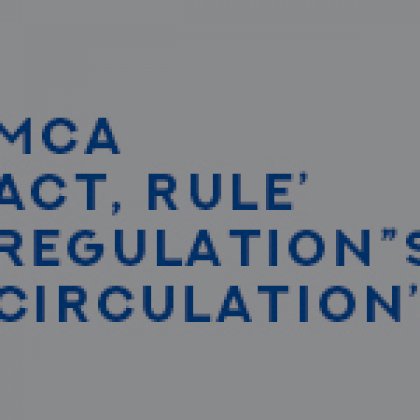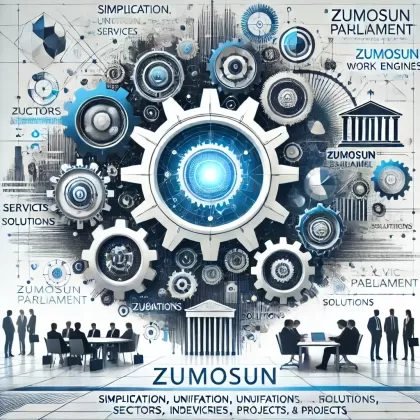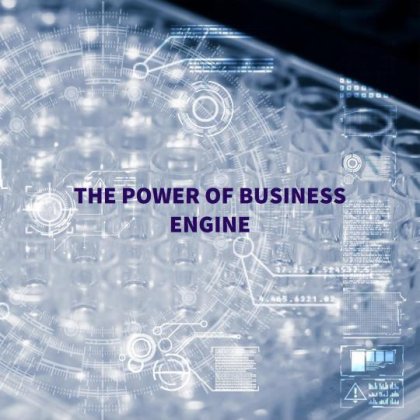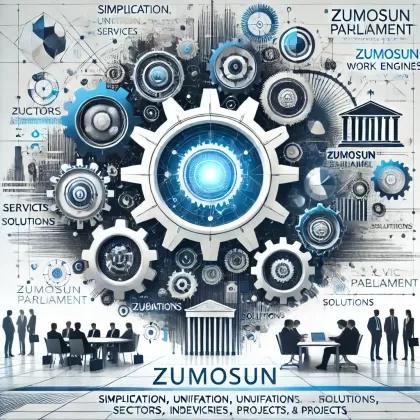ESI Registration in Jaipur
Employee State Insurance (ESI) is a government compliances of companies to help their employees. Thelegalbankmay be a subsidiary platform of Zumosun soft Invention personal restricted, which offers the best distinguish within the property wealth creation. ESI plan is a contributory reserve that empowers Indianrepresentatives to exploit self-financing and human services protection stores contributed by the worker and the business.ESI stands for Employee State Insurance managed by the Employee State Insurance Corporation which is an autonomous body created by the law smaller than the Ministry of Labour and Employment, Government of India.
This scheme is started for Indian workers. The workers are provided with a huge variety of medical, monetary and other benefits from the employer. Any Company having more than 10 employees (in some states it is 20 employees) who have a maximum salary of Rs. 15000/- has to mandatorily register itself with the ESIC. Workers' State Insurance Corporation ("ESIC") is a statutory corporate body set up under the ESI Act 1948, which is in charge of the organization of ESI Scheme. The ESI plan is a self-financed far-reaching government disability plan contrived to secure the workers secured under the plan against monetary trouble emerging out of occasions of ailment, disablement or death due to employee injuries.The ESIC has its headquarters at New Delhi besides 23 regional offices, 26 sub-regional offices in the states and over 800 local offices throughout the country to support the implementation of ESI scheme. In addition, the Medical Benefit Council, a specialized body that advises the ESIC on the administration of Medical benefit is functioning.
Composition of ESIC
The ESIC generally consists of the following members as explained below. The ESI plan is pertinent to all production lines and different foundations as characterized in the Act with at least 10 people utilized in such foundation and the recipients' month to month pay does not surpass Rs 21,000 are secured under the plan. Whether the employer has employed 10 or more employees, all employees employed by the employer, agnostic of the salary are reckoned.
Note:
The scheme under the act also supports restaurants, motor road transports, newspaper establishments and undertakings, movies and purview theatres, hotels, shops.
The threshold for coverage of establishment is 20 employees in Maharashtra and Chandigarh.
Highlights of the plan Complete medicinal consideration and consideration are given by the plan to the representative enlisted under the ESI Act, 1948 at the season of the inadequacy restoration of his health and working capacity. During absenteeism from work due to illness, maternity or factories accidents, which result in loss of wages complete financial assistance, is provided to the employees to compensate for the wage loss. The scheme provides medical care to family members also. As on 31 March 2017, 2.93 crore employees are covered under this scheme with the total number of beneficiaries summing up to 12.40 crores. Broadly, the benefits under this scheme are categorized under two categories, 1) cash benefits (which includes sickness, maternity, disablement (temporary and permanent), funeral expenses, rehabilitation allowance, vocational rehabilitation, and medical bonus) and, 2) non-cash benefits through medical care.
| ESI Contribution Rates (Reduced) w.e.f. 15/02/2019 | ||
|---|---|---|
| Particulaars | Current Rate | Reduced Rate |
| Employee Share | 4.75% | 4% |
| Employee Share | 1.75% | 1.00% |
| Total | 6.50% | 5.00% |
The scheme is self-financing and being contributory in nature. The funds under the ESI scheme are primarily built out of the contribution from the employees and employers payable monthly at a fixed percentage of wages paid. Currently, the employee contribution rate is 1.00% of the wages and that of employers is 4.00% of the wages paid. For newly implemented areas, the contribution rate is 1% and 3% respectively for employees and for the first 24 months. The employer create the grant form its own shares in favor of those employees whose daily average wage is Rs 137 as these employees are exempted from own contribution The employer is required to pay his contribution and deduct employees’ contributions from wages and deposit the same with ESIC within 15 days from the last day of the calendar month in which the contributions fall due. The payment can either be done online or through designated and authorized public sector banks.
What are the benefits of ESIC registration?
The benefits of registering under this scheme are varied. Some of them are:
- Sickness benefits at the rate of 70% (in the form of salary), in the case of any, verify illness certified and which lasts for a maximum of 91 days in any year
- Medical satisfaction to an employee and his family members
- Maternity comfort to the women who are pregnant (paid leave)
- If the death of the employee happens while on work – 90% of the salary is named to his dependents every month after the death of the employee
- Same as above in the case of condition of the employee
- Funeral expenses
- Old age care medical expenses
- Shops
- Restaurants or Hotels only engaged in sales.
- Cinemas
- Road Motor Transport Establishments;
- Paper foundations (which isn't secured under the production line act)
- Private Educational Institutions
What are the archives required for ESIC Registration
The records required for the enlistment are
-
An enlistment declaration acquired either under the:
- Declaration of Registration in the event of Company, and Partnership deed if there should be an occurrence of a Partnership
- Notice of Association and Articles of Association of the Company
- A rundown of the considerable number of representatives working in the Establishment
- Dish Card of the Business Entity just as every one of the Employees working under the substance
- The remuneration subtleties of the considerable number of representatives
- A dropped check of the Bank Account of the Company
- Rundown of Directors of the Company
- Rundown of the Shareholders of the Company
- A register containing the participation of the workers
In the wake of gathering all the previously mentioned records the accompanying strategy is to be pursued for the enlistment of the ESI:
- Structure No – 1 (Employers Registration Form) is to be downloaded and filled.
- In the wake of downloading the PDF adaptation of the structure and filling it, it must be submitted on the site itself alongside the previously mentioned records.
What is the procedure after the structure confirmation?
- After a check of the structure, the legislature will issue a 17 digit interesting number
- The representative who is enrolled under this plan will furnish the business with the filled structure and photos of his own relatives as a piece of the procedure of enlistment and will get an ESI card after enlistment
- Any adjustment in the Company or its workers will be suggested to the ESIC
What number of profits are documented each year after the enlistment is settled?
After the enrollment ESI Returns must be documented two times every year.
The accompanying archives are required for the documenting of the profits:
- Register of Attendance of the Employees
- Structure 6 – Register
- Register of wages
- Register of any mishaps, which have occurred on the premises of the business
- Month to month returns and challans
Documents Required
Following documents are required for registration purpose:
- Organation/Company/Firm Documents
- Scanned copy of the company’s PAN (Proprietor’s, in case of proprietorship concern).
- Scanned copy of the licenses available in the name of the company. (like GST).
- Scanned copy of cheque of company’s bank account.
- Address of the company with address proof.
- Email address, Mobile number of Proprietor / Director / Partner of the company.
- Copy of First sale bill / Job work bill and First purchase bill.
- Strength of employees
- Digital Signature of the Proprietor / Director / Partner
Time
ESI Registration about 45-55 working days.
No reviews found.




































































No comments found for this product. Be the first to comment!